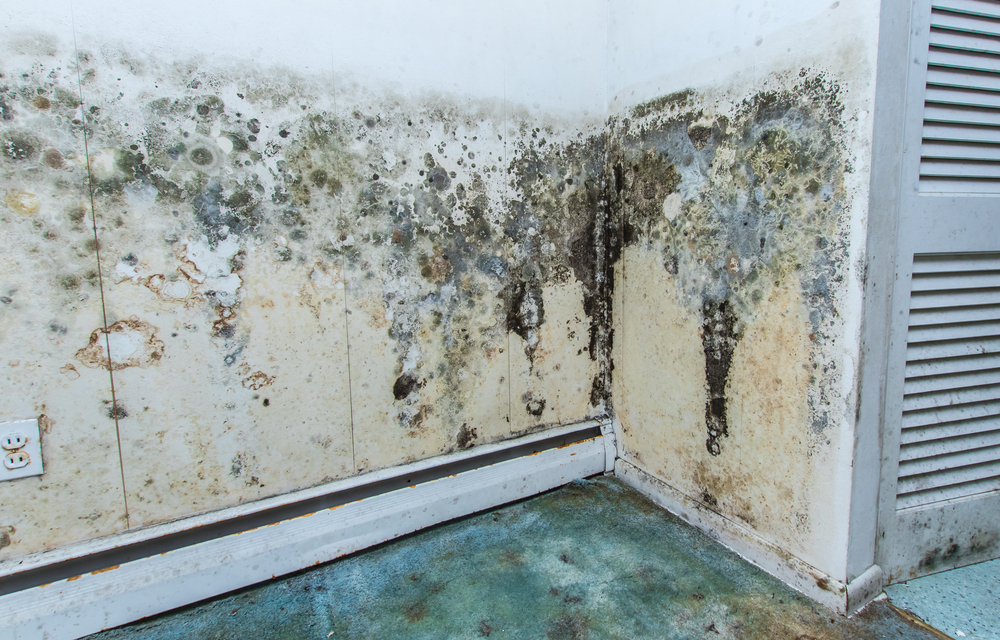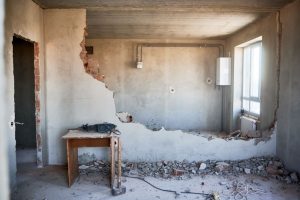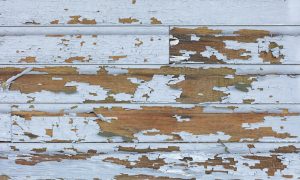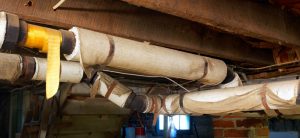Environmental Demolition Group specializes in select demolition services, including removing or remediating mold from properties. In today’s blog, we answer several mold remediation FAQs.
What is mold remediation?
This is a process that removes mold from an indoor environment with the goal of returning mold to natural levels. Once the mold is removed, companies clean up and disinfect the surfaces where mold once grew. For renovations, mold remediation involves every possible part of the building about to be renovated.
How long does mold remediation take?
On a building-wide level, this process may take days to a few weeks, depending on the size of the building and the extent of the mold damage.
What is the process of mold remediation?
On an industrial and building-wide scale, this process includes:
- Overall assessment of what structures may contain mold.
- Plan for removing the mold completely. This way, you know precisely what to expect from the process.
- Source identification. A professional company will identify the source of the mold to prevent it from returning in the future. The source will have to be fixed, especially if the source of the mold is a broken pipe, leaking ceiling, or another form of intrusion from the outside.
- Removal. Some old structures, such as non-load bearing walls, insulation, wood trim, carpet and furniture, may need removal and disposal to remediate mold on the premises.
- Antimicrobial application. For structures that remain with the renovated building, professional companies must apply antimicrobial agents to kill any mold left on surfaces.
- Clean-up. The final part of this process is cleaning up the mold from structures that remain with the building. Depending on the structures involved, a select demolition company may seal or encapsulate an area to prevent mold from reoccurring in the future. You will receive a letter from the mold remediation company explaining exactly what happened, how, and when.
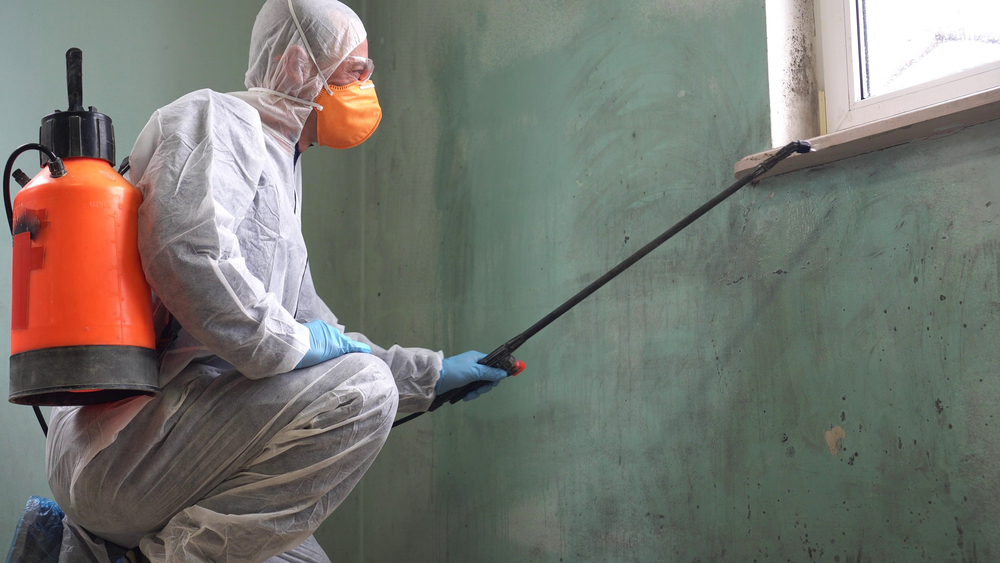
What chemicals kill mold?
Mold remediation specialists use industrial-strength chemicals (fungicides) to kill mold in buildings, some of which you can purchase over-the-counter in less concentrated amounts:
- Chlorine bleach
- Hydrogen peroxide
- Quaternary ammonium compounds
- Alcohol
- Iodophors (iodine derivatives)
- Phenolics
- Formaldehyde
- Glutaraldehyde
Because industrial mold remediation companies are highly trained experts in this field, they will determine how best to proceed when using chemicals to kill mold. For example, chlorine bleach may corrode metal. Your chosen company should be able to answer questions you have about what chemicals the team plans to use and why.
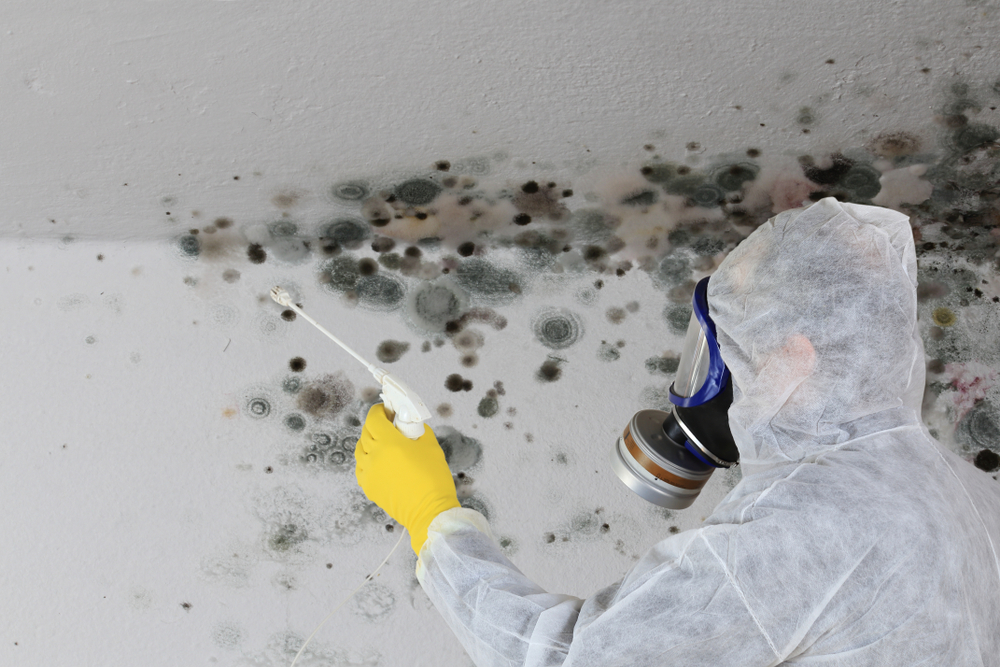
Why is mold remediation important?
Mold is a fungus and a health safety risk for the public. Mold may cause several health problems, such as:
- Runny nose
- Watery, red eyes
- Dry cough
- Skin rashes
- Sore throat
- Wheezing
- Inflamed sinuses
- Infections in people with weakened immune systems
- Asthma
- Allergies
- Chronic obstructive pulmonary disease (COPD)
- Compromised immune system
- Cystic fibrosis
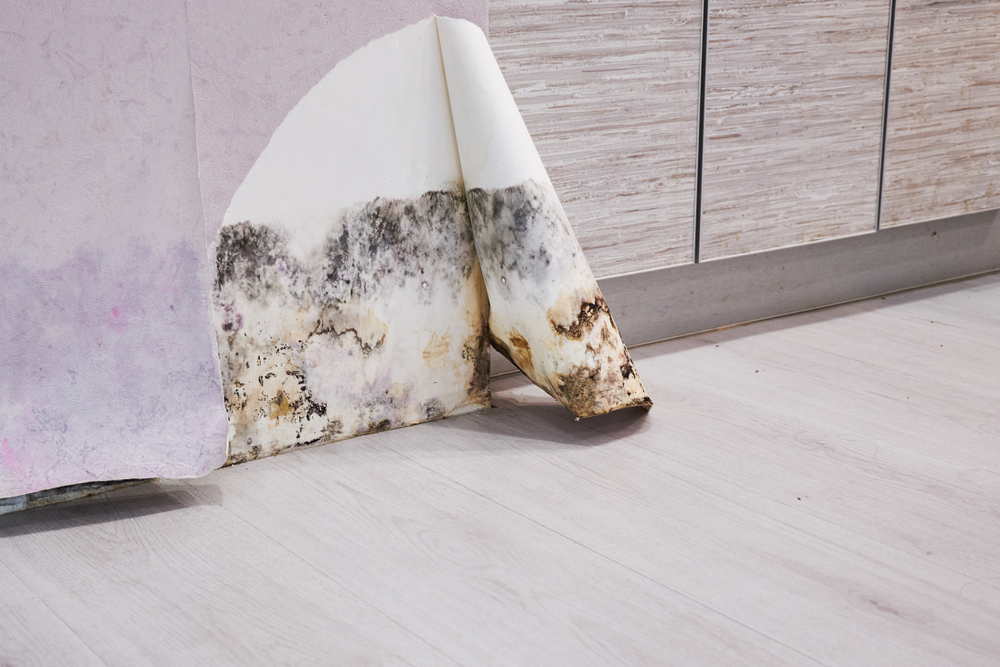
Where does mold come from?
Mold is a fungus that occurs everywhere in nature. It grows on soil, food, and plants. Mold spores are very tiny, and they can travel in water, through the air, or on animals to move from place to place.
Mold grows in places with a lot of moisture, and that moisture comes from leaks in roofs, windows, and pipes. If the inside of a building is exposed to the elements for extended periods of time, mold may grow due to rain or flooding exposure.
Where does mold grow?
Mold grows well on several substances commonly found in buildings, which is why mold remediation is important for structures with water damage or water exposure.
Mold grows well on:
- Paper
- Cardboard
- Ceiling tiles
- Dust
- Wood
- Wallpaper
- Paint
- Insulation
- Drywall
- Carpet
- Upholstered furniture
- Fabric in curtains
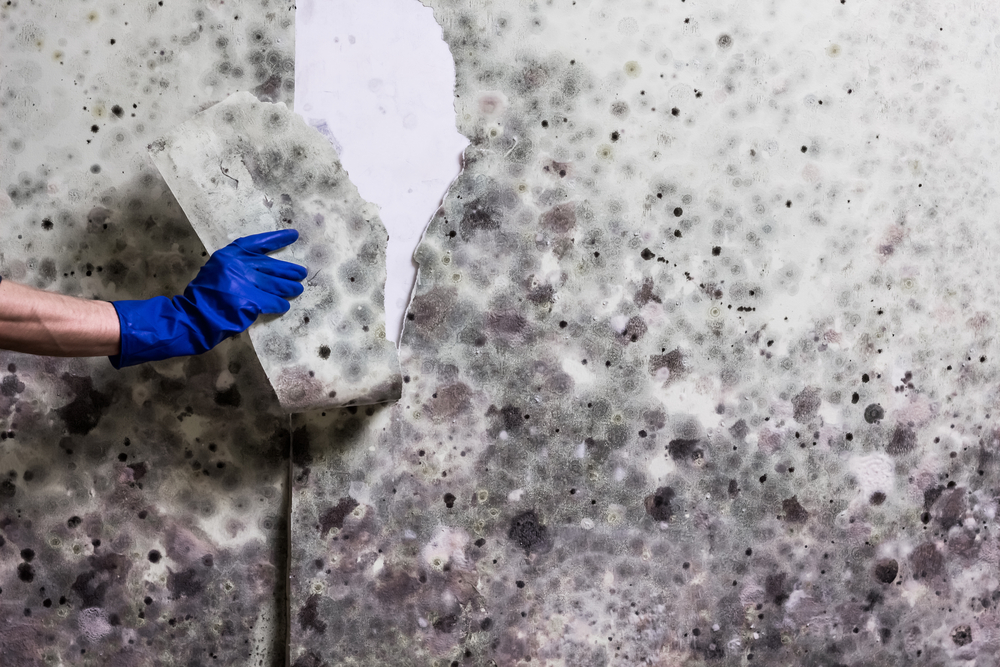
How does mold grow?
Mold requires moisture to grow, and it grows best in high humidity areas. This microorganism feeds off of dead organic matter, which is why paper, wood, and fabric are highly susceptible to mold when humidity conditions are right.
What are the signs that a building might need mold remediation?
Buildings with an interior space exposed to the elements have a good chance of mold growth simply because moisture has likely invaded the space. Think structures with leaky roofs, cracked windows, or exposed and broken pipes.
Buildings that recently had a fire that required water to put out the blaze will also need mold remediation because of the large amounts of moisture needed to extinguish the flames.
More subtle signs of mold in a building include:
- Musty, earthy smells.
- Nearby sources of moisture without a lot of light, like in a basement.
- Warping, cracking or peeling material on a floor, wall, or ceiling.
- Black, white or green stains that grow over time.
- A drop of bleach turns a light color after a minute or two.
What personal protective equipment (PPE) should people wear when remediating mold?
Professional mold remediation companies are highly trained to accomplish this task. Staffers should wear:
- Suits covering their entire bodies, including their head
- Disposable gloves
- Disposable shoe covers
- Safety goggles
- Respirator or air purifier rated to prevent mold inhalation, minimally an N-95 model
PPE reduces exposure to mold as much as possible, and it also reduces exposure to the chemicals used to kill mold growing on surfaces of structural parts of a building.
How does a company remediate mold after a fire?
After a fire, a mold remediation company must dry structural parts of a building and disinfect the areas as soon as possible. Drying happens through a combination of high-volume fans and structural dehumidifiers. When everything is dry, companies will use a chemical biocide to kill any mold on structural members.
A licensed mold remediation company will determine if any removable parts of the building (drywall, furniture, or carpets) should be completely removed to prevent mold growth in the future.
Who should perform mold remediation?
Only licensed and certified companies should perform mold remediation for your site due to the risks to public health and safety.
Environmental Demolition Group is a leading service provider for hazardous and non-hazardous waste disposal, including mold remediation ahead of a renovation project or after a fire.
Contact our office or call 859-363-4863 to learn more about our safety procedures, licenses, and protocols for mold remediation.

